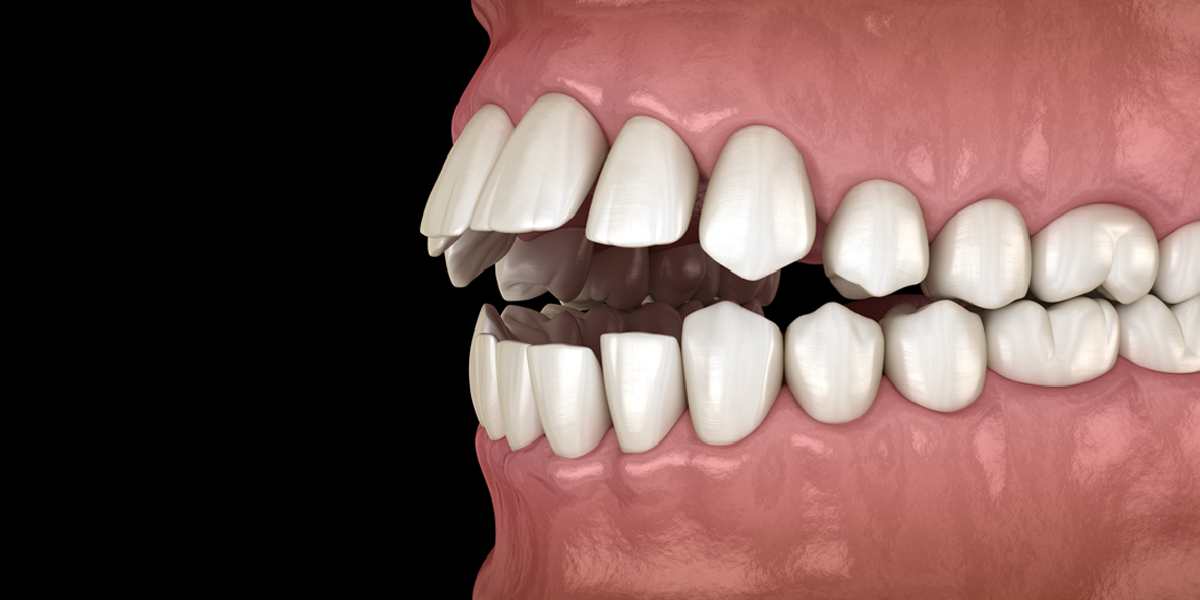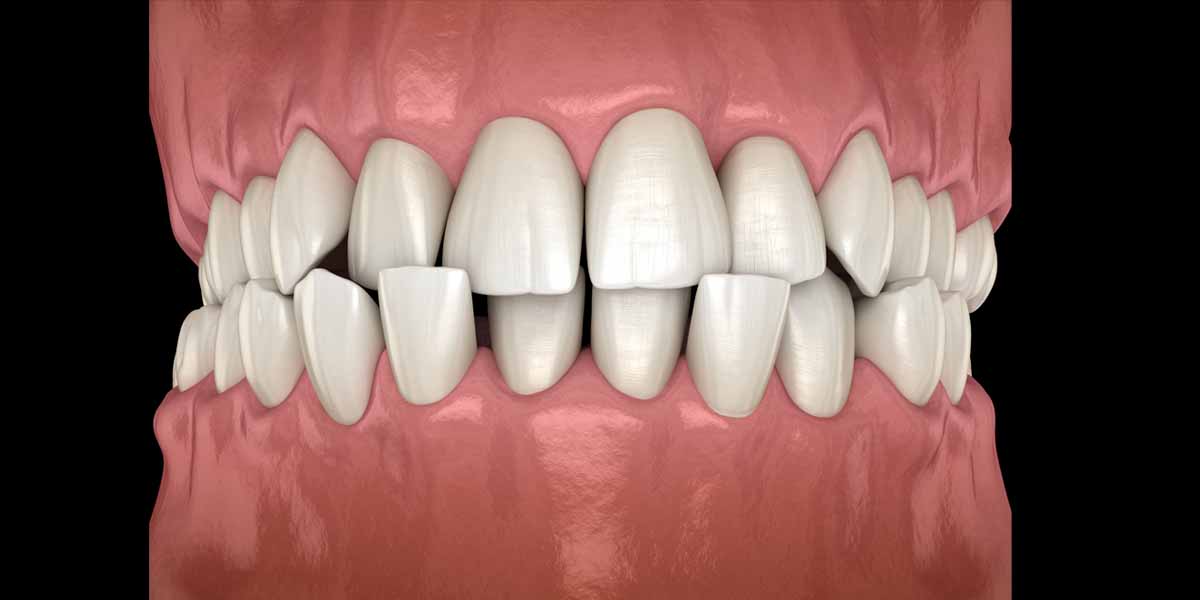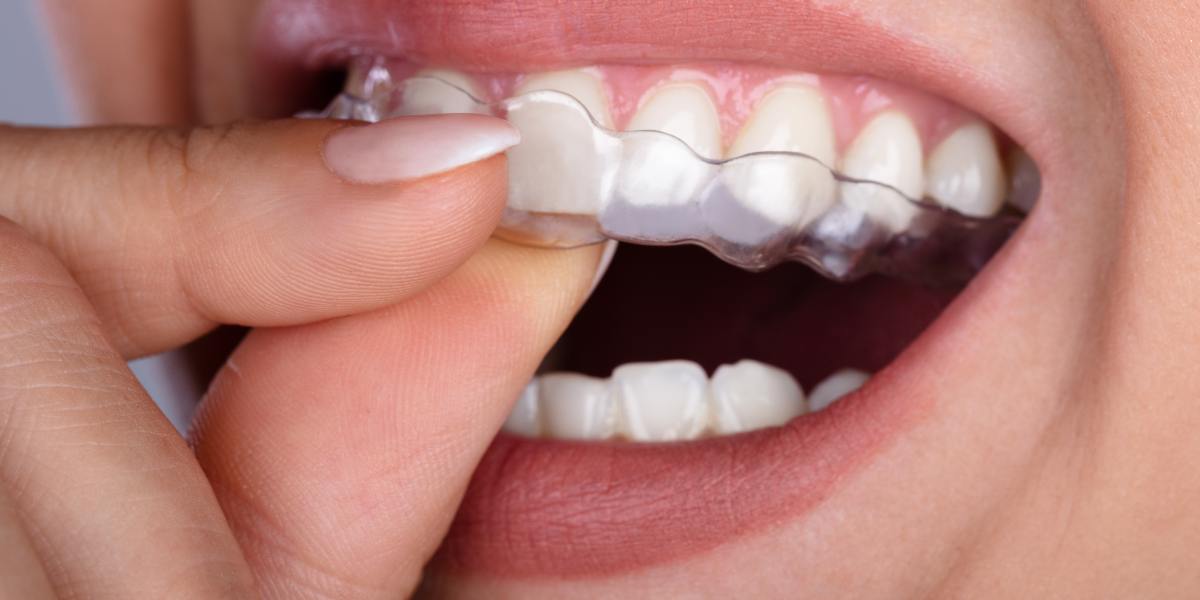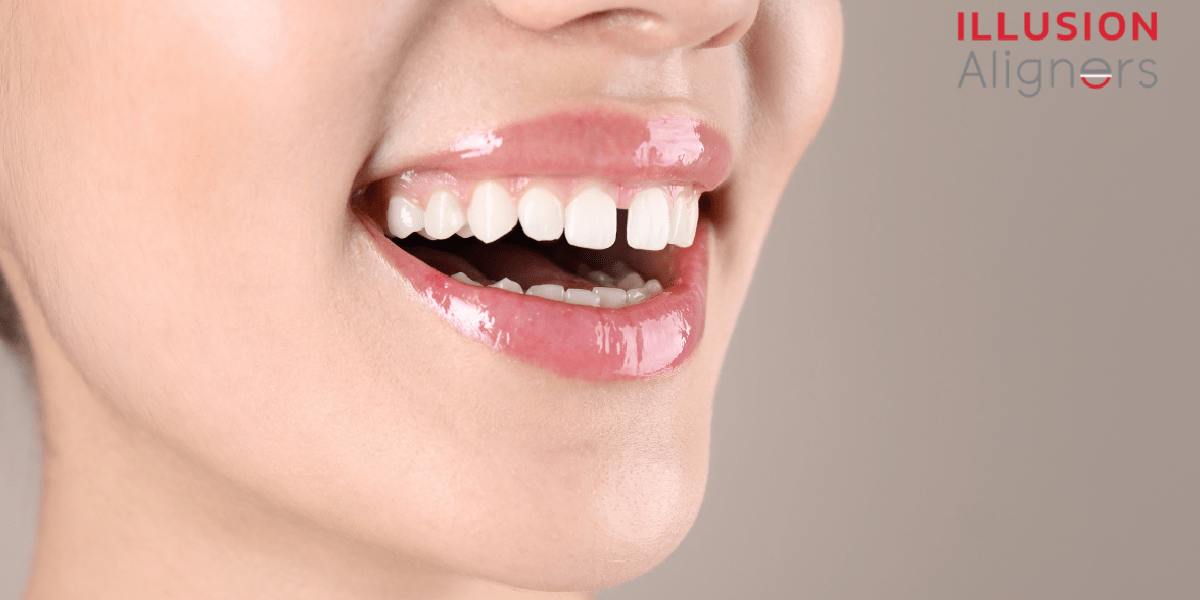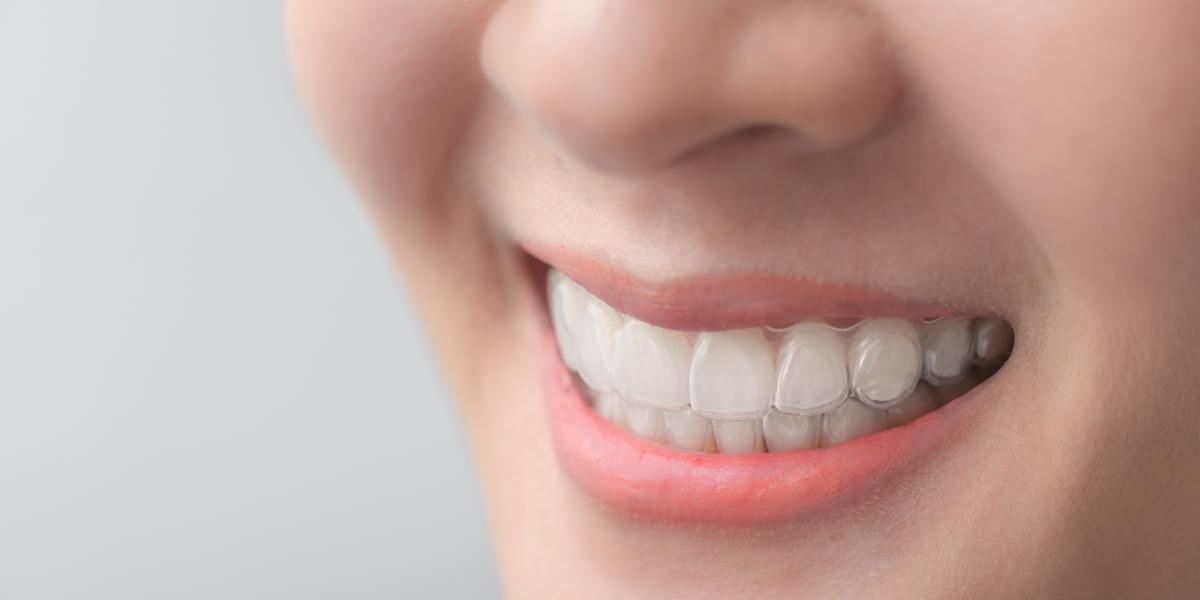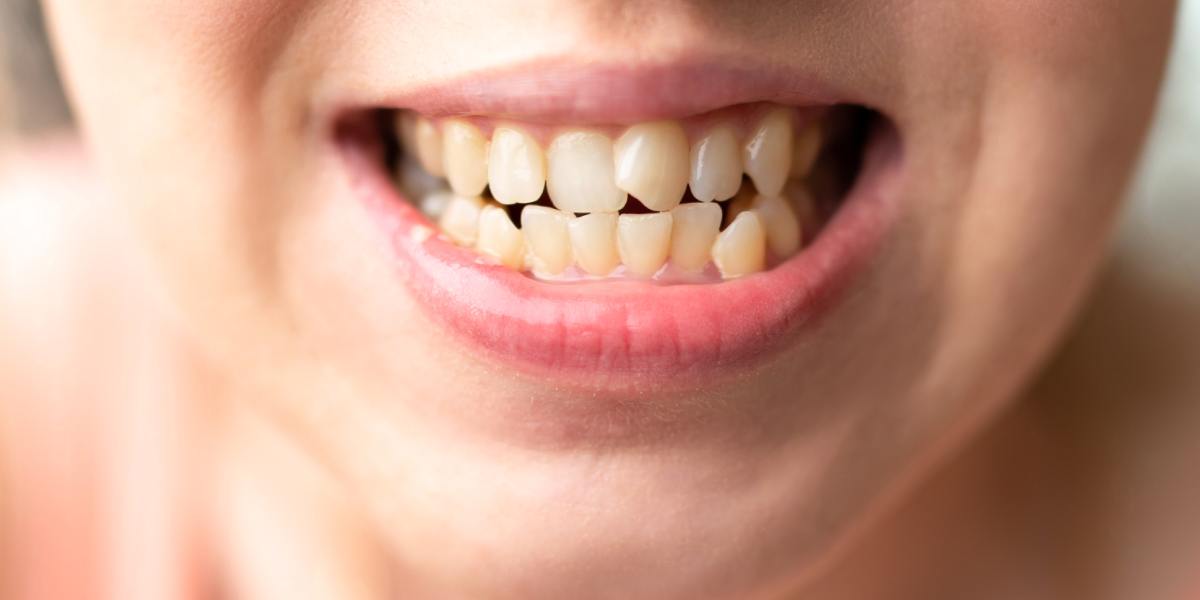
Publish on Oct 05, 2023
Understanding Crooked Teeth: Causes, Risks, and Treatment Options
In addition to being aesthetically beautiful, having a straight and aligned smile is essential for good oral health. Tooth decay, gum disease, speech impairments, and other concerns can all be brought on by crooked teeth. The causes and risks of having crooked teeth are discussed in this article. We will review efficient treatment choices, including metallic braces, invisible braces, and dental veneers.
Factors that cause crooked teeth
1. Genetics: Your parents may have influenced your jaw's size and shape and how your teeth are positioned. You could be more prone to get uneven teeth if one or both of your parents have them.
2. Poor oral habits: Some oral habits, such as tongue thrusting, thumb sucking, or using a pacifier or bottle for an extended period, might put pressure on the teeth and cause them to move.
3. Early tooth loss: Early baby tooth loss may result in crowding or misalignment when the neighbouring teeth move into the empty area.
4. Malocclusion: An incorrect bite is present when both the upper and lower teeth do not fit properly together. Malocclusion can be inherited or brought on by crooked jaws or teeth grinding.
5. Mouth breathing: Using the mouth to breathe rather than the nose might stunt jaw growth and cause dental misalignment.
6. Injury or trauma: Teeth which have suffered an injury in the mouth or face may shift or become misaligned.
7. Poor oral hygiene: Gum disease and tooth decay can develop due to improper dental care, such as irregular brushing and flossing. These problems may change how teeth should be aligned.
8. Delayed eruption: Adult teeth can occasionally erupt improperly, which can cause crowding or crookedness.
It is vital to remember that these variables might fluctuate from person to person, as can the severity of crooked teeth. See a dentist or orthodontist for an assessment and recommended course of action if you have concerns about the alignment of your teeth.
Risks Associated with Crooked Teeth:
1. Increased risk of tooth decay: It can be challenging to properly brush and clean all teeth surfaces properly when the teeth are crooked. Plaque accumulation and an elevated risk of tooth decay can result from this.
2. Gum disease: Misaligned teeth can lead to spaces between the teeth where bacteria and food debris can accumulate. Gum diseases, such as periodontitis and gingivitis, are a common manifestation of this.
3. Jaw issues: An unaligned set of teeth can interfere with how the jaw closes and moves, resulting in headaches, jaw pain, and temporomandibular joint disorder (TMJ).
4. Speech issues: Crooked teeth can influence how the tongue and lips move, which can cause speech issues or a lisp.
5. Self-esteem and confidence: Individuals with uneven teeth may feel self-conscious about their smile, which harms their self-esteem and confidence.
6. Enhanced risk of dental injuries: Crooked teeth might protrude or be more vulnerable to damage during sports or accidents, enhancing the risk of dental injuries.
7. Difficulty eating correctly: Crooked teeth can make it difficult to chew food correctly, impacting digestion and general nutrition.
8. Unequal wear and tear: Misaligned teeth can result in an unequal distribution of biting forces, which can cause some teeth to experience excessive wear and tear. This may lead to cracked or chipped teeth and long-term dental issues.
9. Temporomandibular joint disorders: Misaligned teeth may be a factor in these conditions, resulting in pain, popping, or clicking noises, and restrictions on jaw mobility.
Treatment Options for Crooked Teeth
Traditional metal braces
These are a popular option for correcting crooked teeth. They are made up of brackets joined by wires and fastened to the teeth. The braces progressively align the teeth into the ideal position by applying light pressure over time.
Clear aligners:
Traditional braces can be replaced by clear aligners like Illusion Aligners. They are built to fit over the teeth and progressively realign them. Because clear aligners are removable, using them while eating, brushing, and flossing is simple.
Dental veneers:
Dental veneers are a good option for less severe misalignments. Veneers are small, tooth-coloured shells glued to the teeth' front surface to enhance their appearance and alignment. They are typically constructed of porcelain or composite material.
Dental bonding:
To give the appearance of straighter teeth, a tooth-coloured substance is applied to the surface of the teeth and shaped.
Tooth extraction:
In extreme cases of crowding, it may be essential to remove a tooth to make enough room for the other teeth to line up correctly. Usually, this is carried out in advance of orthodontic procedures like braces. Speaking with a dentist or orthodontist is crucial to deciding the best action for your situation.
Boosting Your Confidence and Oral Health
Having your teeth properly aligned improves your smile and boosts your self-confidence. Many people with misaligned teeth experience self-consciousness, affecting their social connections and general well-being. You can regain your confidence and enhance your quality of life by caring for your teeth misalignment.
Crooked teeth cast shadows on both confidence and health. Misalignment may be caused by genetics, poor dental hygiene, or other elements. It is critical to understand the hazards involved. Explore options like ceramic or clear braces or teeth-straightening surgery for a bright, straight smile.
Accept the contemporary style of Illusion Aligners, which subtly mould teeth into harmony. Break free from the shackles of misaligned teeth and take measures to improve your oral health and self-esteem. Unlock your bright smile today and embark on the path.
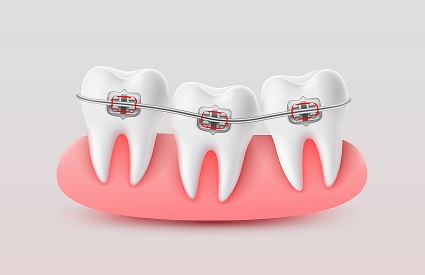
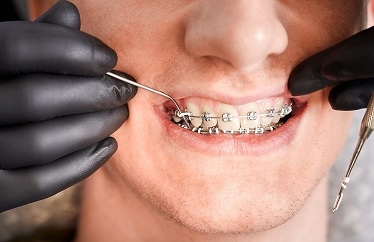
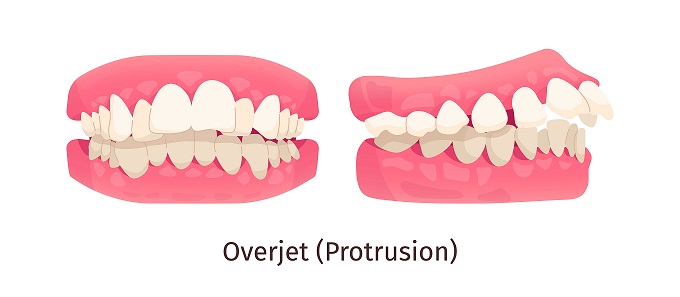
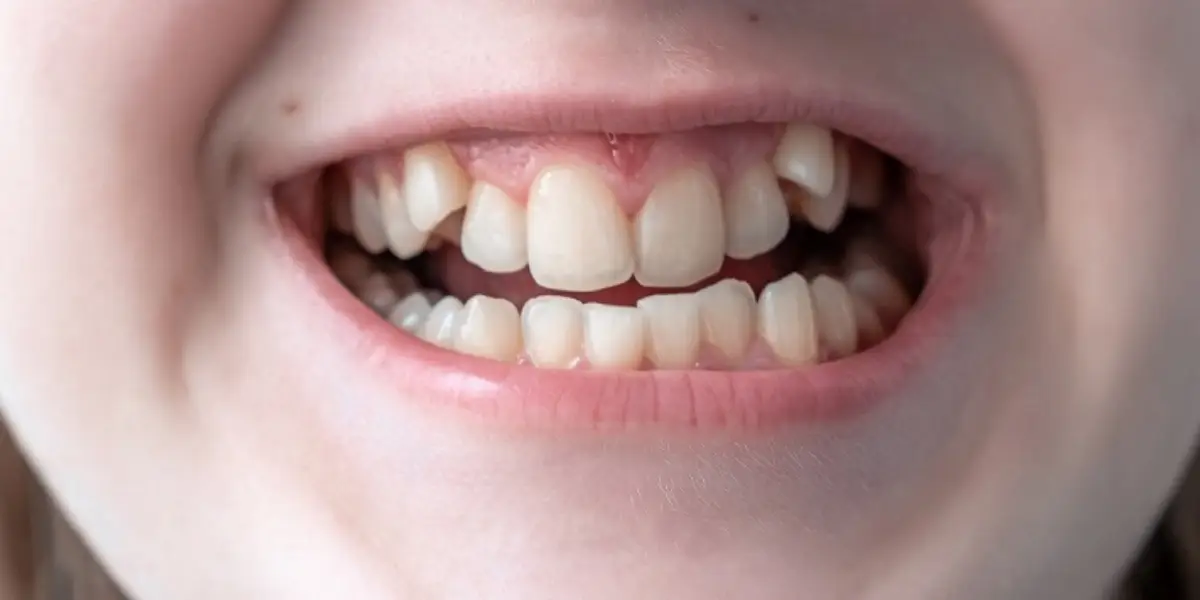
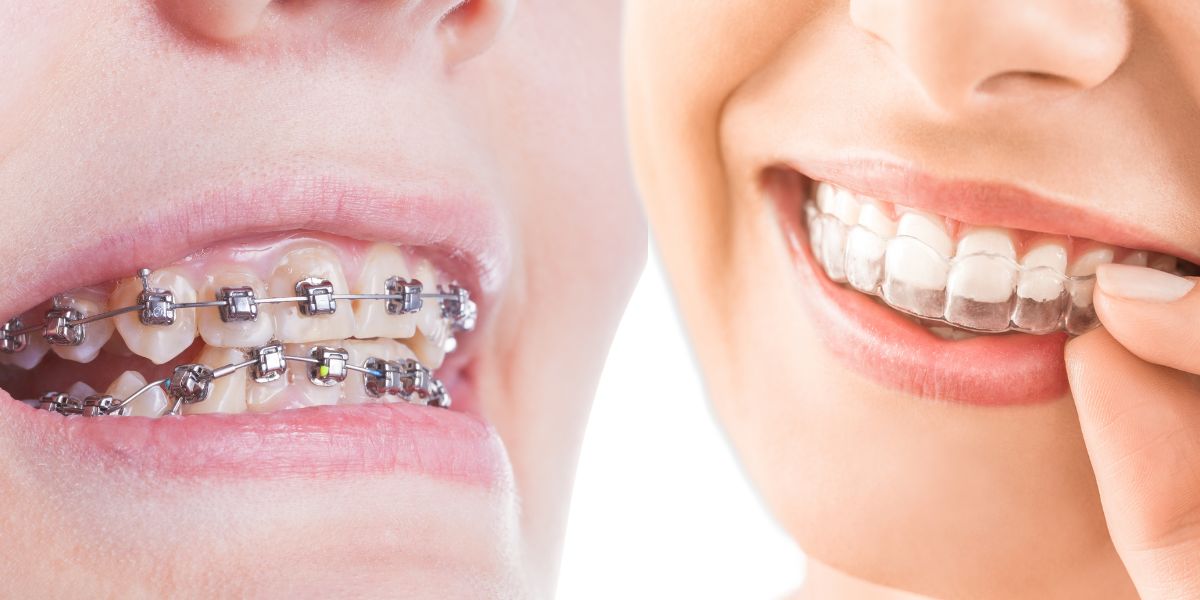
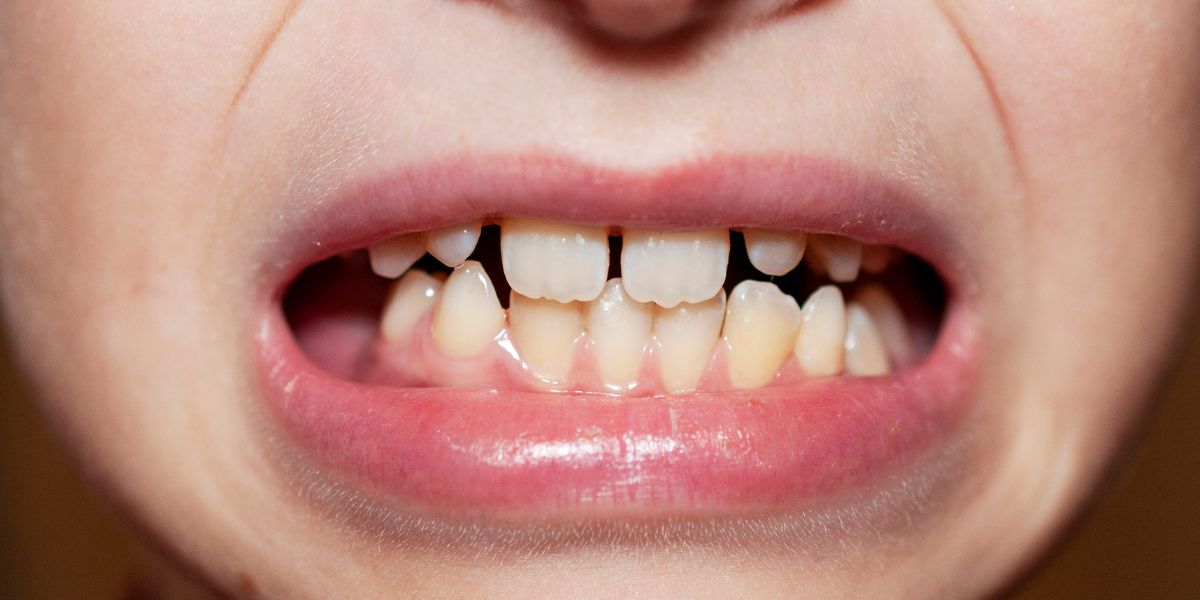
.jpg)
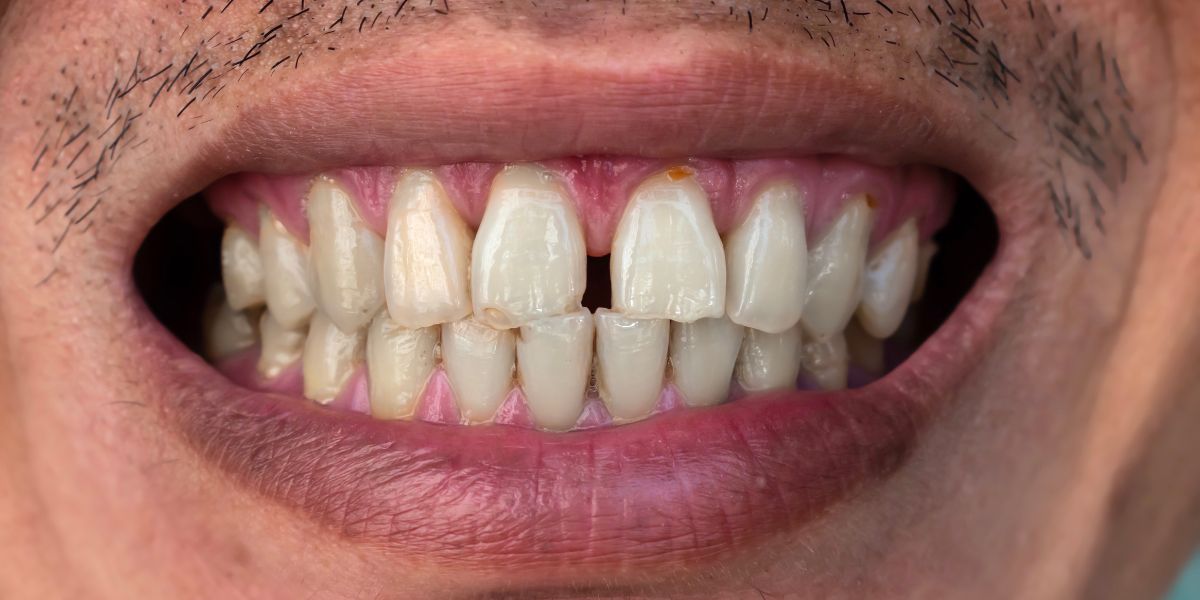
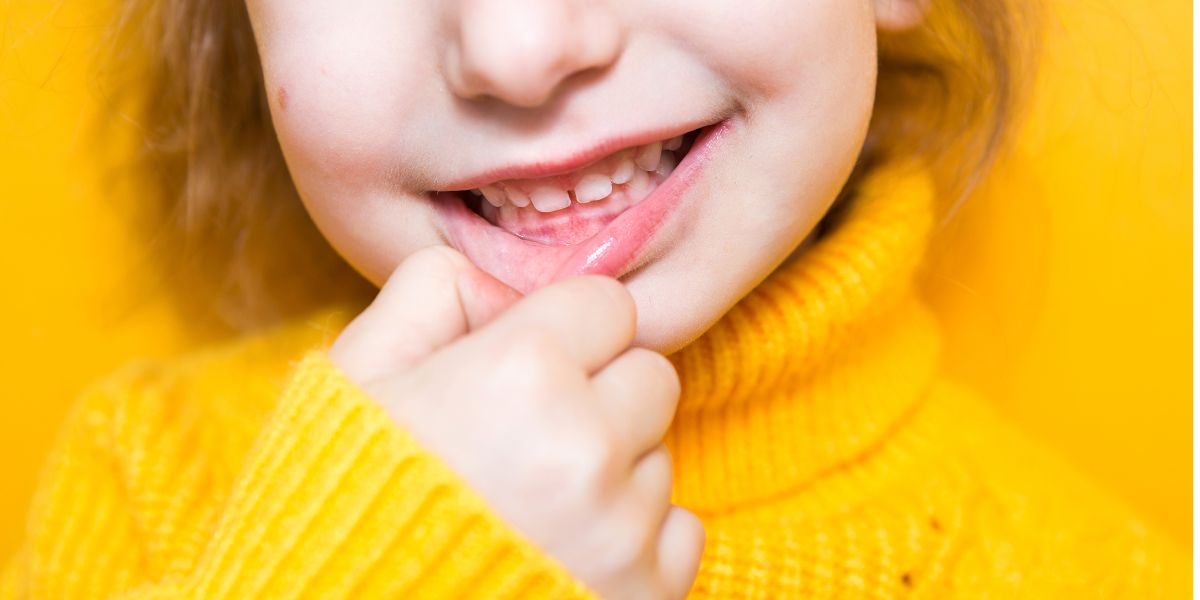
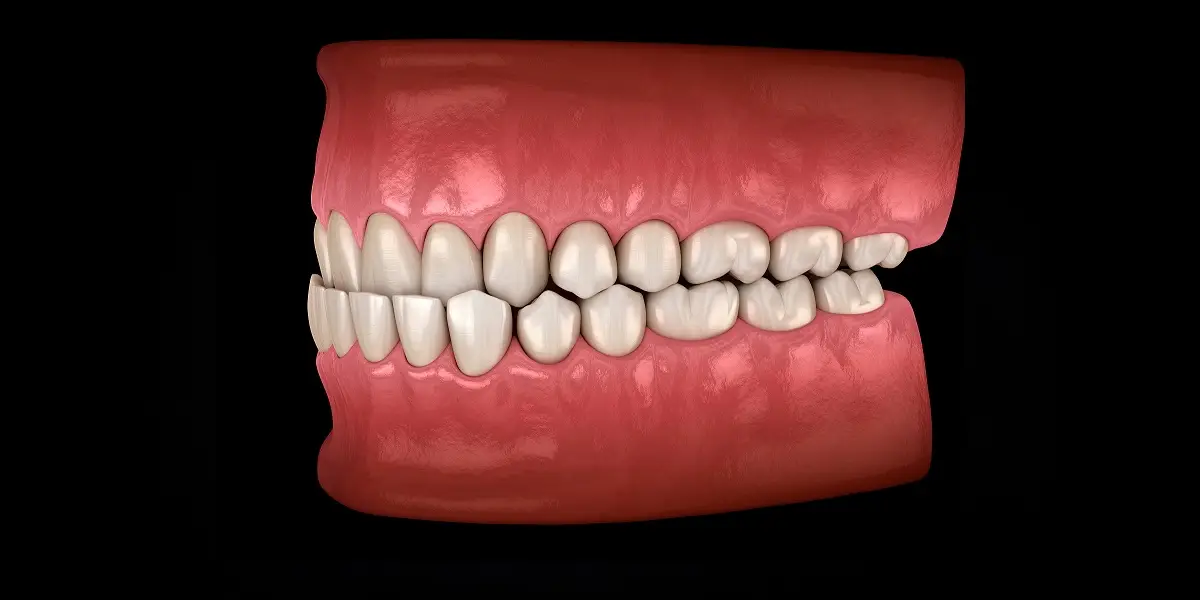
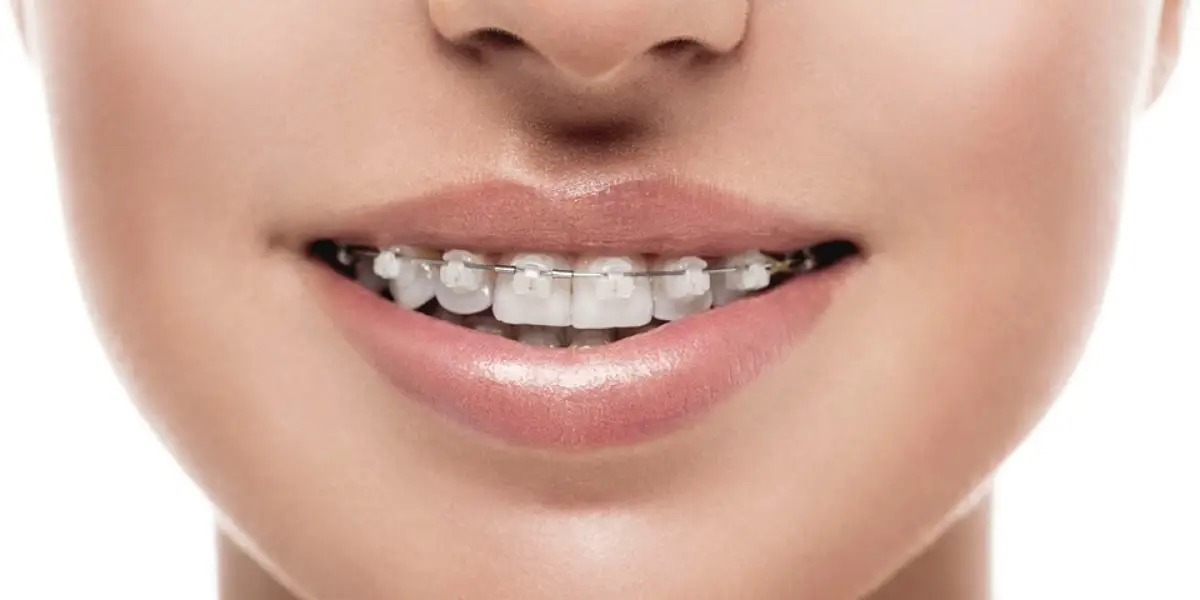
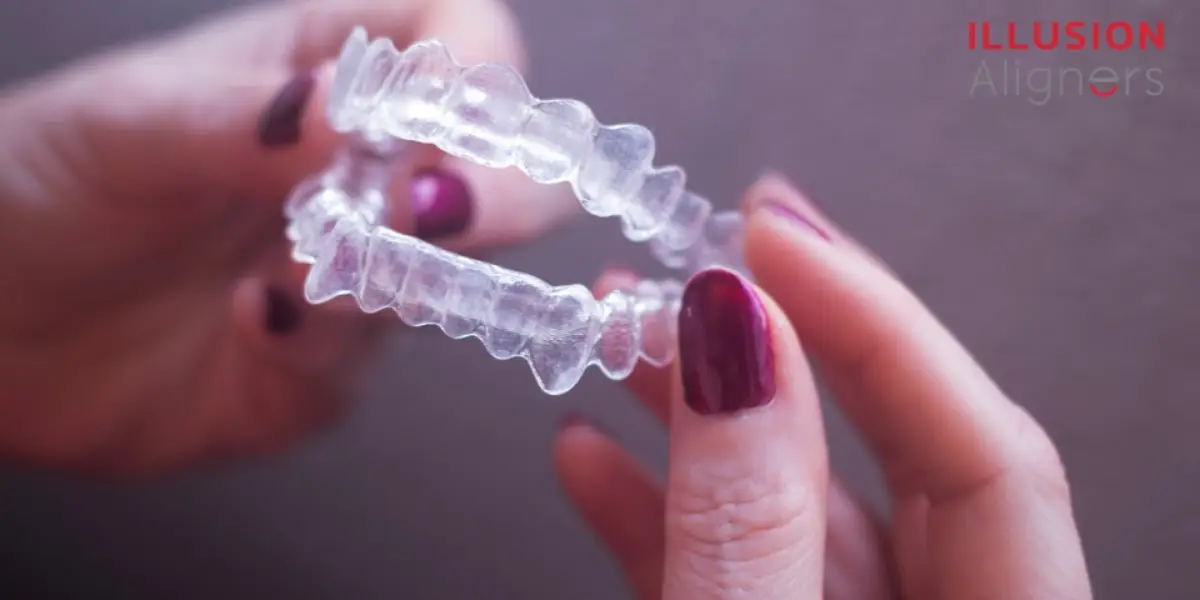
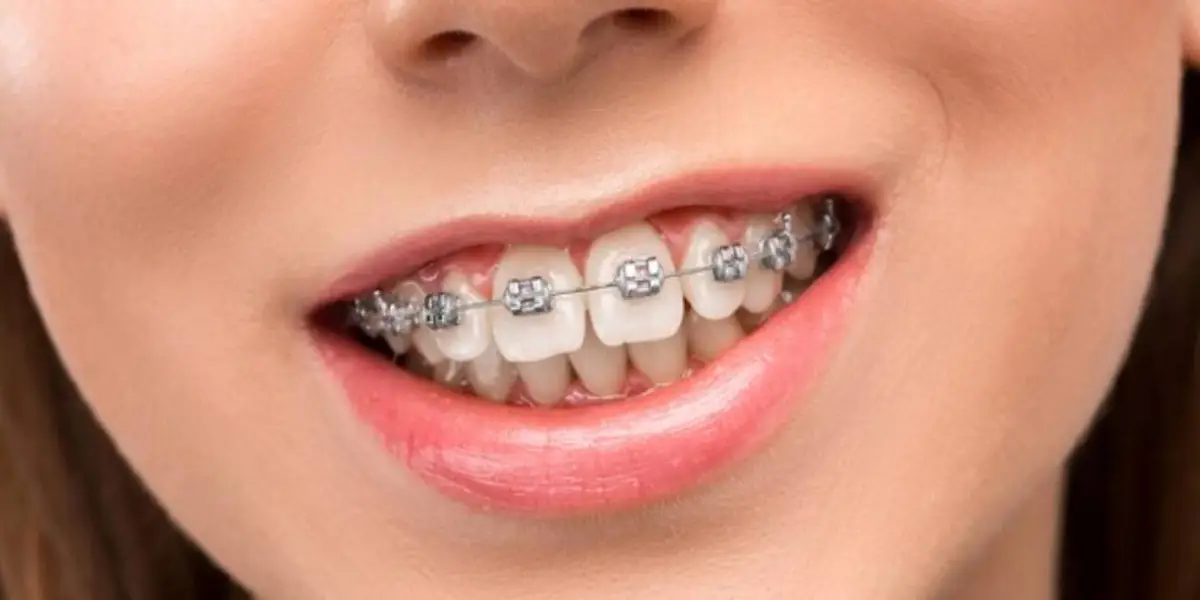
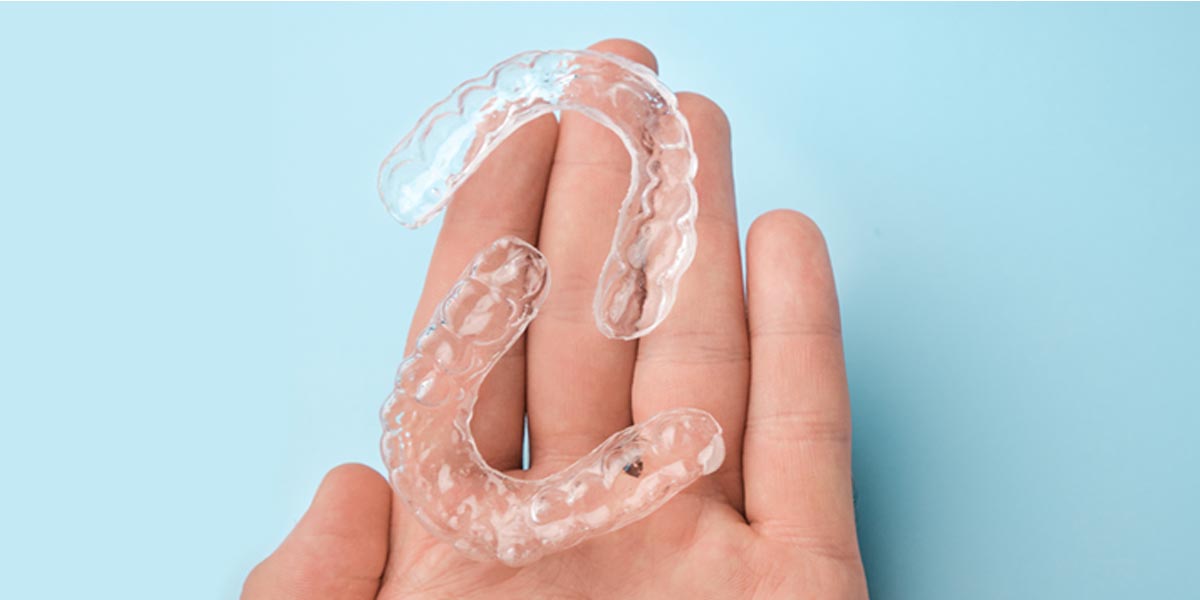
2.jpg)
